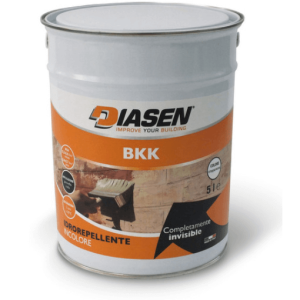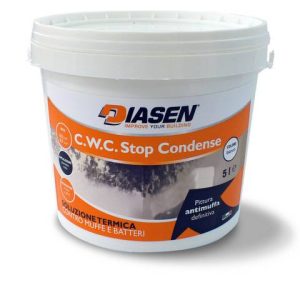Surface treatments are used both internally and externally to help create structural walls that are drier, warmer, and more thermally efficient than untreated walls.
A damp wall is a cold wall. A cold wall attracts condensation, and condensation attracts mould. Your wall may be cold for a variety of reasons, for example, single-skin and solid walls are significantly cooled by colder outside temperatures, and solid walls are also more susceptible to penetrating damp from wind-driven rain.
A damp wall has significantly reduced thermal properties compared to a dry wall, and even insulated walls will become inefficient if the moisture within the walls makes the insulation damp as well.
External Wall Surface Treatments
Water-repellent coatings are colourless products that protect porous wall substrates, such as brick or stone, from wind-driven rain. Once applied, the coating penetrates into the substrate, creating a deep layer of protection that is vapour permeable and allows the wall to dry out, but also makes the wall deeply impervious to water ingress.
Internal Wall Surface Treatments
As well as external treatments to prevent penetrating damp, internal wall surface treatments can be used to improve the thermal performance of the wall surfaces themselves, and help reduce the incidence of condensation and mould.
Condensation is formed when warm air comes into contact with a cold surface. The air close to the cold surface cools and is unable to hold as much water vapour as when it was warm. This additional water vapour is therefore deposited on the cold surface.
Walls that are treated with a thermal coating product can increase their surface temperature by up to 5°C, and in most cases this takes the temperature of the wall surface above the dew-point, preventing the formation of condensation and greatly improving the thermal efficiency of the wall.
Contact BaseTec - Complete Systems. Reliably Delivered.
If you require assistance with surface treatments or need advice on which surface treatment is best suited for your requirements, contact our friendly teams in Kent - 01732 906 826 - or Leeds - 0113 521 6789.
Return to our full range of
Damp Proofing products.

